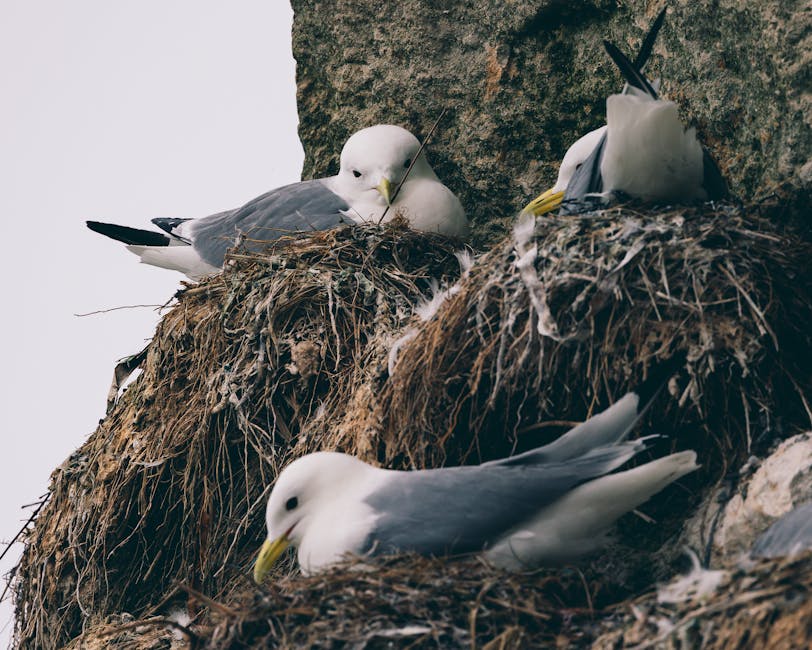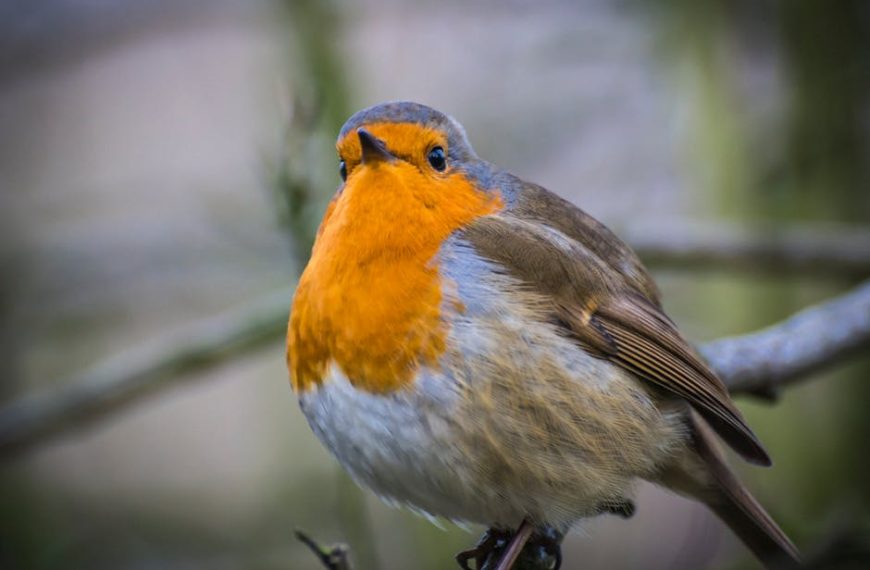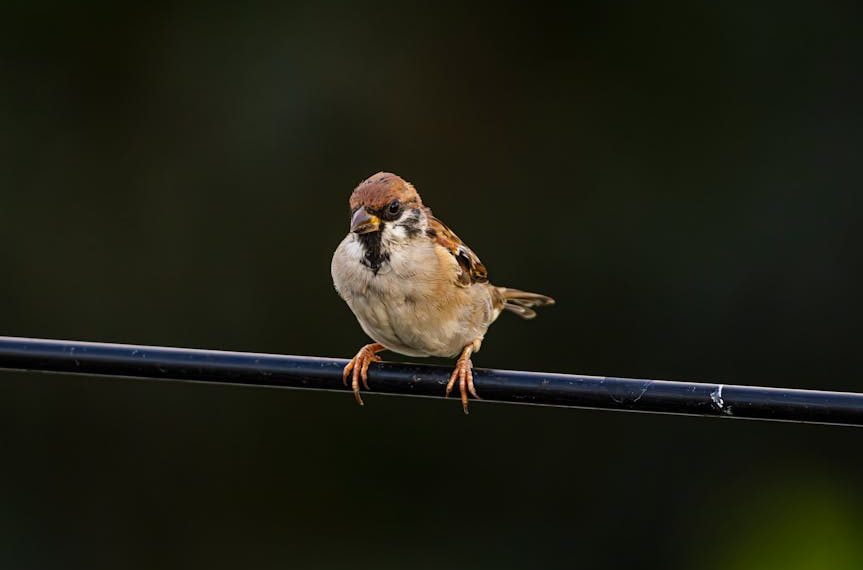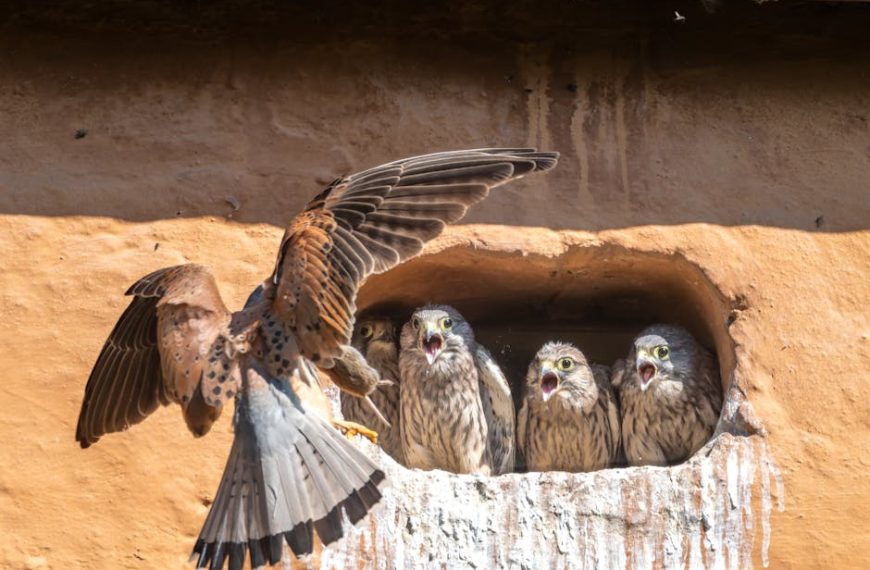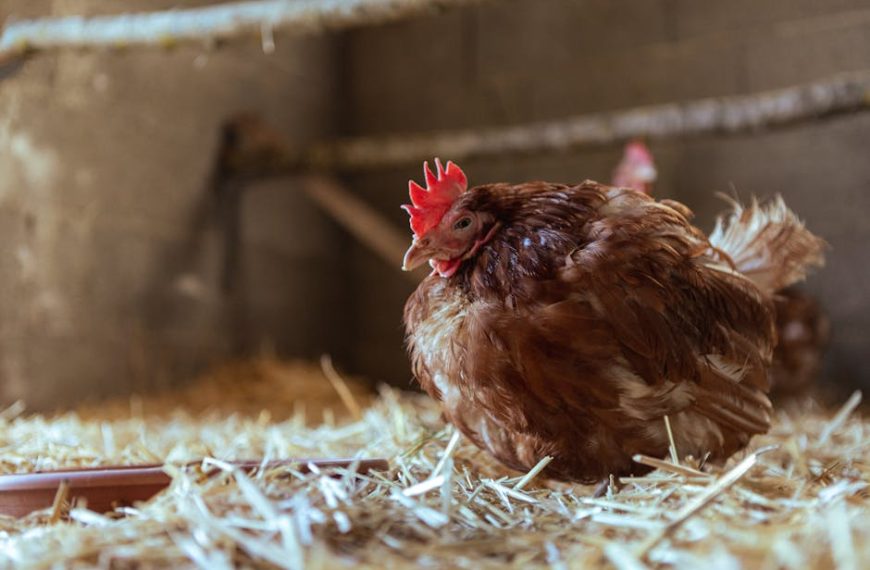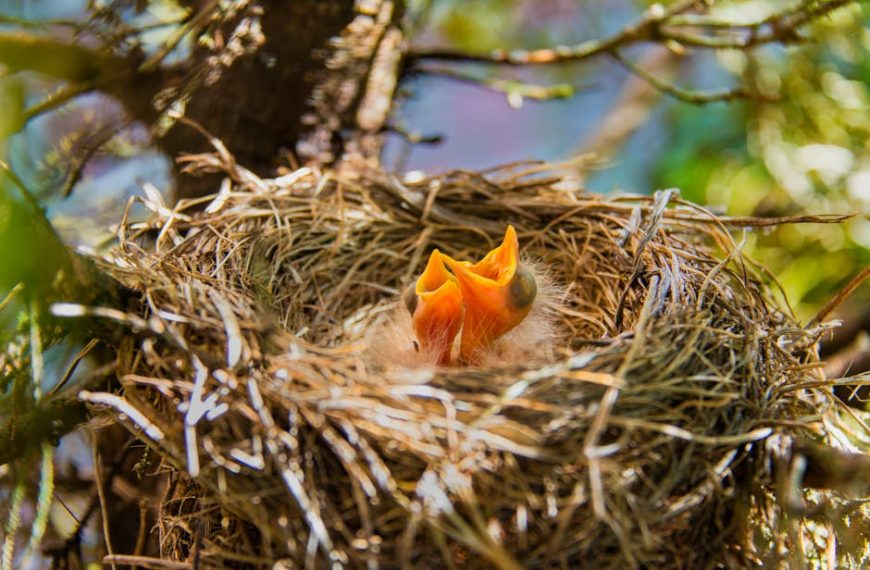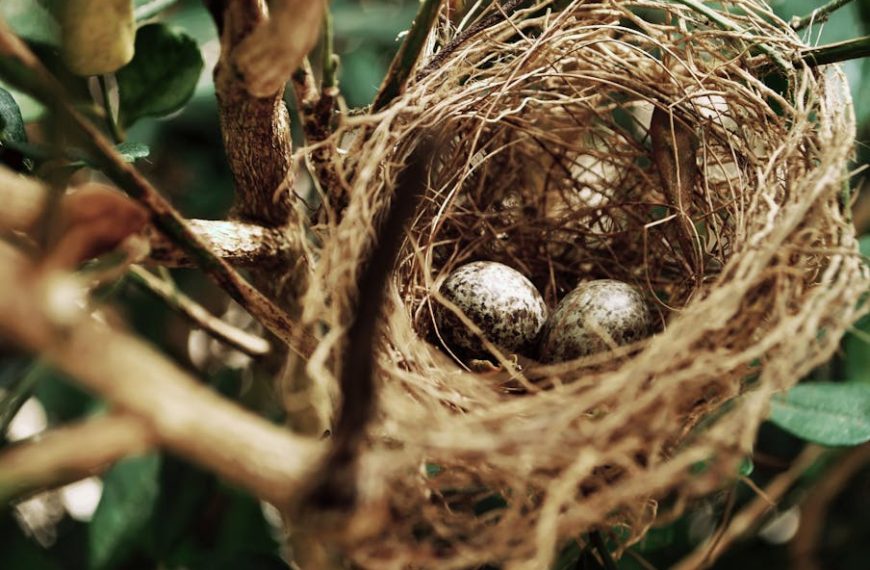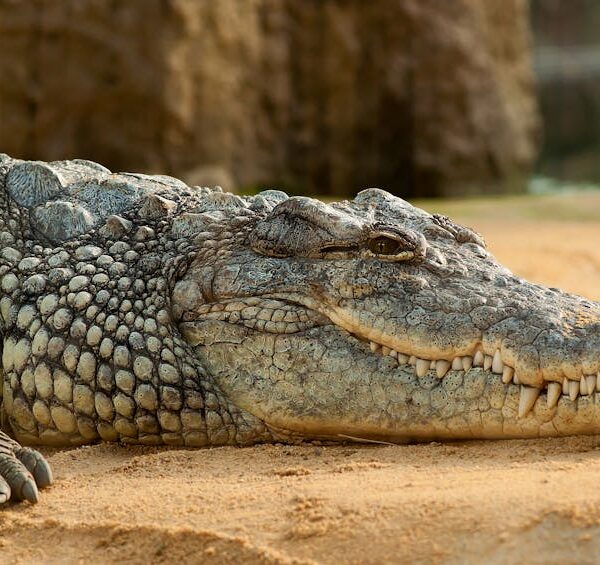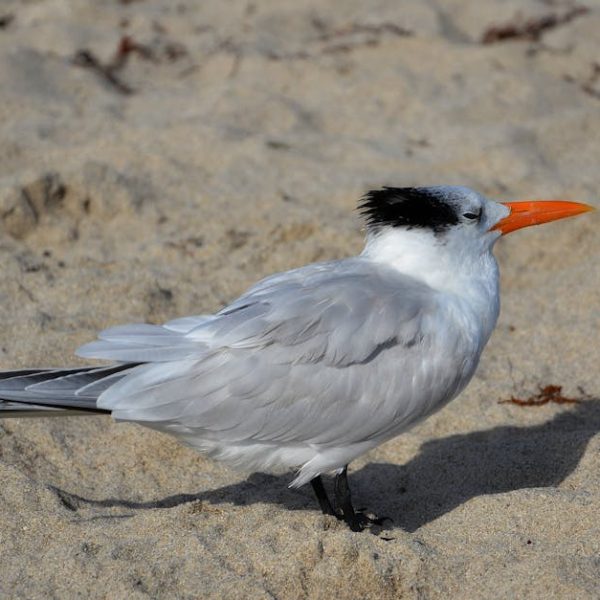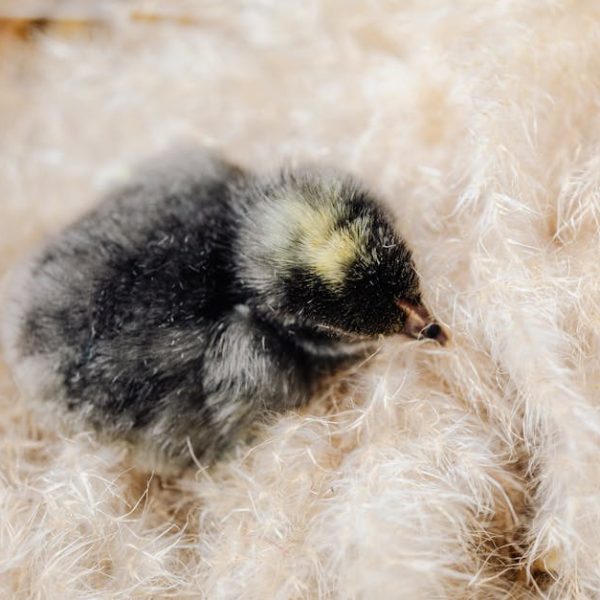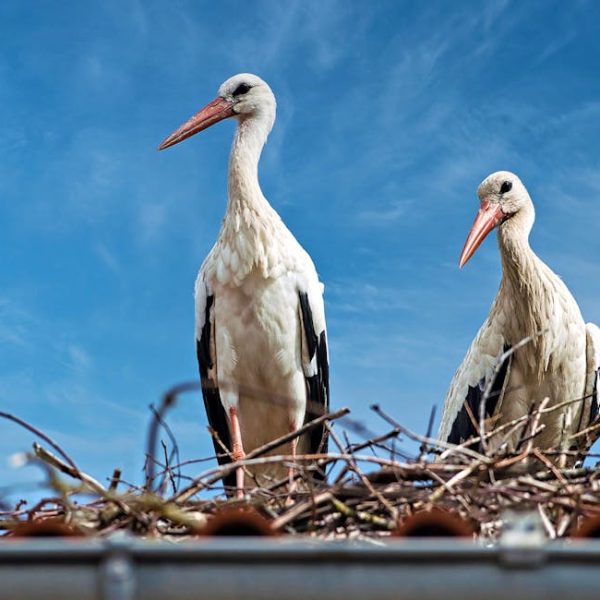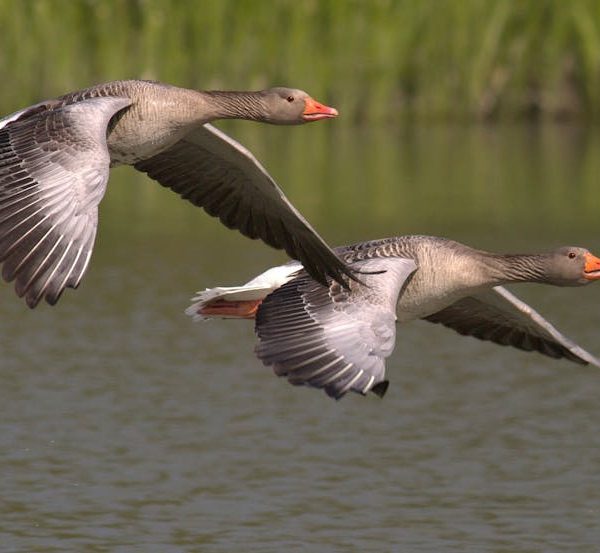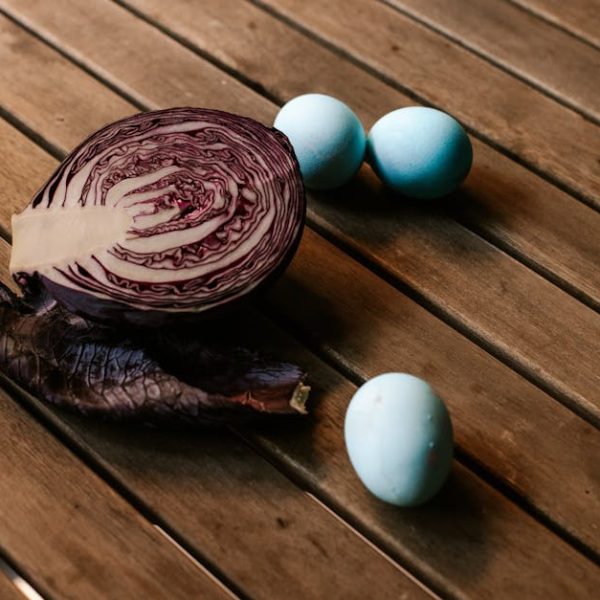When it comes to the enchanting realm of avifauna, there’s a broad spectrum of reproductive habits. The frequency of breeding varies greatly among different bird species, influenced by numerous external factors and internal cycles that are often as diverse as the winged beings themselves. This variance can offer vibrant insights into the intricate world of birds, their survival strategies, and the wider ecological transactions that take place under the radar of human perception.
The Reproductive Cycle of Birds
The intriguing journey begins with courtship – a phase marked by elaborate displays, songs, dances, or gifts, varying among different bird species. Following the initial matchmaking comes the industrious phase of nest-building, a testament to avian architectural brilliance. Afterward, the female bird lays eggs, embarking on a potentially precarious journey of incubation.
Guarding against the threats of predators, harsh weather, and food scarcity, the parents tirelessly protect their fragile eggs. Upon hatching, fledgling care, or the feeding and protection of newborn chicks, commences until the young ones are ready to fly the nest independently.
Frequency of Breeding in Different Bird Species
, offers an impressive range — from the ‘once-in-a-lifetime’ breeding of New Zealand’s kokako to the multiple annual broods of the European starling. This staggering difference in breeding frequency can often come down to factors like lifespan, survival rate, and habitat conditions.
Pro Tip: The breeding cycle of every bird species has unique considerations! For instance, pigeons are known to breed up to six times a year, offering a constant supply of squabs in urban landscapes. Contrastingly, the majestic bald eagle, with a longer gestation period, generally only breeds once annually.
Factors Influencing the Breeding Frequency of Birds
In bountiful ecosystems abundant with food resources, birds can afford to breed more frequently as they can secure ample sustenance for their offspring. However, in regions with harsh climates or high predation risks, the frequency of breeding may decrease as survival odds decline.
Interestingly, the bird reproductive cycle is also known to have a cyclical impact on environmental factors. The
Impact of Bird Breeding Frequency on the Population and Ecosystem
An increase in the bird population influences food chains and can lead to modifications in the habitat structure. Conversely, dwindling bird populations might signal environmental degradation or predatory imbalance. This circular interaction testifies to the intricate relationship between birds and the ecosystem they inhabit.
However, the relatively recent addition of a new, rather destructive actor in this delicate ecological theatre poses unaccounted-for challenges. In terms of the
The Reproductive Cycle of Birds
Kicking off our journey, let’s head right into the heart of ornithological love affairs – bird courtship! This phase can range from modest to flashy, depending on the species. For instance, you may see male birds puffing up their chests or performing intricate dances, all to win over the heart of the prospective female mate. Quite like a Broadway show, isn’t it?
Soon after winning their mate, birds begin what could be likened to a construction project – nest-building. The male and female work in harmony to gather materials and construct their cosy little home. Some nests are neat, others are messy, but all serve the purpose of sheltering their upcoming family.
The next stage in the cycle is egg-laying, where females deposit their eggs into the safety of the nest. The number of eggs laid can differ greatly between species – from one single egg to a clutch of up to twenty!
Then comes incubation, a period fraught with dangers. Weather fluctuations, predation, and even potential human interference can pose threats to the hours of vigilant egg guarding by the parents. Finally, when the eggs hatch, the parents take on the exhaustive role of feeding and protecting the chicks until they’re ready to fly on their own.
Pro Tip: Remember that birds, like all living things, have unique timetables for reproduction. Not all follow a uniform cycle.
Frequency of Breeding in Different Bird Species
Let’s now dive into the fervently asked question, “How often do birds breed?” You might think birds have a uniform breeding frequency, but that’s far from the truth! For instance:
- American Robins can breed up to three times a year.
- Bald Eagles typically breed only once a year.
- Pigeons can breed up to six times a year!
Best Practice: Dodge the generalizations! Always consider the specific species when discussing bird breeding frequencies.
Factors Influencing the Breeding Frequency of Birds
Several factors can influence how frequently birds breed, leading to the stark variances we witness. Elements such as:
- Availability of food resources: More food means more capacity to feed offspring and hence, a higher breeding frequency.
- Climatic conditions: Harsh weather can drastically cut down chances for successful breeding.
- Predation risks: High predation risks can limit the number of times birds breed in a year.
Pro Tip:☝️Remember, these aren’t the only factors in play! There is a multitude of other considerations like age, health, competition and the innate biology of the species.
Impact of Bird Breeding Frequency on the Population and Ecosystem
Ever thought about how the humble birds fluttering around you are significantly influencing the environment? Increases or dips in their population dramatically affect your local ecosystem. For instance, an increase in the bird population can:
- Boost pollination.
- Aid in pest control.
- Influence population levels of their prey and predators.
Conversely, a decrease in the bird population can serve as a warning sign for environmental damage or imbalance within the local ecological web.
Best Practice: Keep an eye on changes in local bird populations. These patterns can supply valuable clues about the health of your local ecosystem!
Human Influence on Bird Breeding Cycles
As humans, our existence and activities influence bird breeding patterns on a large scale. Deforestation, pollution, climate change, and even domestic cats can upset bird reproduction and displace bird species.
How can we reduce our negative impacts? Here are a few suggestions:
- Avoid disrupting habitats.
- Minimize usage of pesticides.
- Maintain clean water resources.
- Encourage bird-friendly developments.
As you now know, the bird world offers a captivating glimpse into nature’s rhythm and harmony. Understanding bird breeding cycles gives us further appreciation for these feathered beings and underscores our responsibility to protect and respect their place in our shared world. Let’s ensure that we move in sync with their melody rather than disrupting it. Birds, after all, don’t just add color, chirp, and flight to our world – they also quietly keep ecosystems ticking and our planet thriving.
Key Takeaway:
- The reproductive cycle of birds involves various phases: courtship, nest-building, egg-laying, incubation, and fledgling care.
- Breeding frequency varies significantly among different bird species.
- Various factors, such as food resources, climate, and predation risks, influence a bird’s breeding frequency.
- The breeding frequency of birds has a significant impact on population dynamics and wider ecological implications.
- Human activities like habitat destruction, climate change, and pollution can disrupt birds’ breeding cycles.
We hope this article has provided a behind-the-scenes look, allowing you to appreciate the diverse and intricate lives of birds. Remember, by understanding these unique creatures, we can make more conscious decisions to protect and sustain our shared environment. Spread your newfound knowledge by sharing this article and exploring more posts on our site!
FAQs
Q: Do all egg-laying birds have the same incubation period?
A: No, the incubation period varies for different bird species. It can range from 11 days (like the zebra finch) to 80 days (like the albatross).
Q: How can climate change affect bird breeding patterns?
A: Climate change can disrupt the timing of different phases in the bird reproductive cycle. For instance, it can lead to the early onset of spring, causing birds to lay eggs earlier than usual, which can impact their survival.
Q: Can human noise pollution affect bird breeding?
A: Yes, excessive noise from human activities can disrupt birds’ communication during courtship, leading to reduced mating success. Noise pollution can also cause birds to abandon their territories and nests.
Q: How can we monitor bird breeding frequencies?
A: Bird breeding frequencies can be monitored by conducting regular bird counts in specific habitats over time, observing nest building and egg-laying activities, or using technologies like bird-tagging and drones.
Q: How does the availability of nesting spots affect bird breeding?
A: Ample nesting spots encourage higher breeding frequencies as they provide secure places for egg-laying and chick-rearing. Reduced availability can result in fierce competition for nesting sites, curtailing breeding opportunities.
